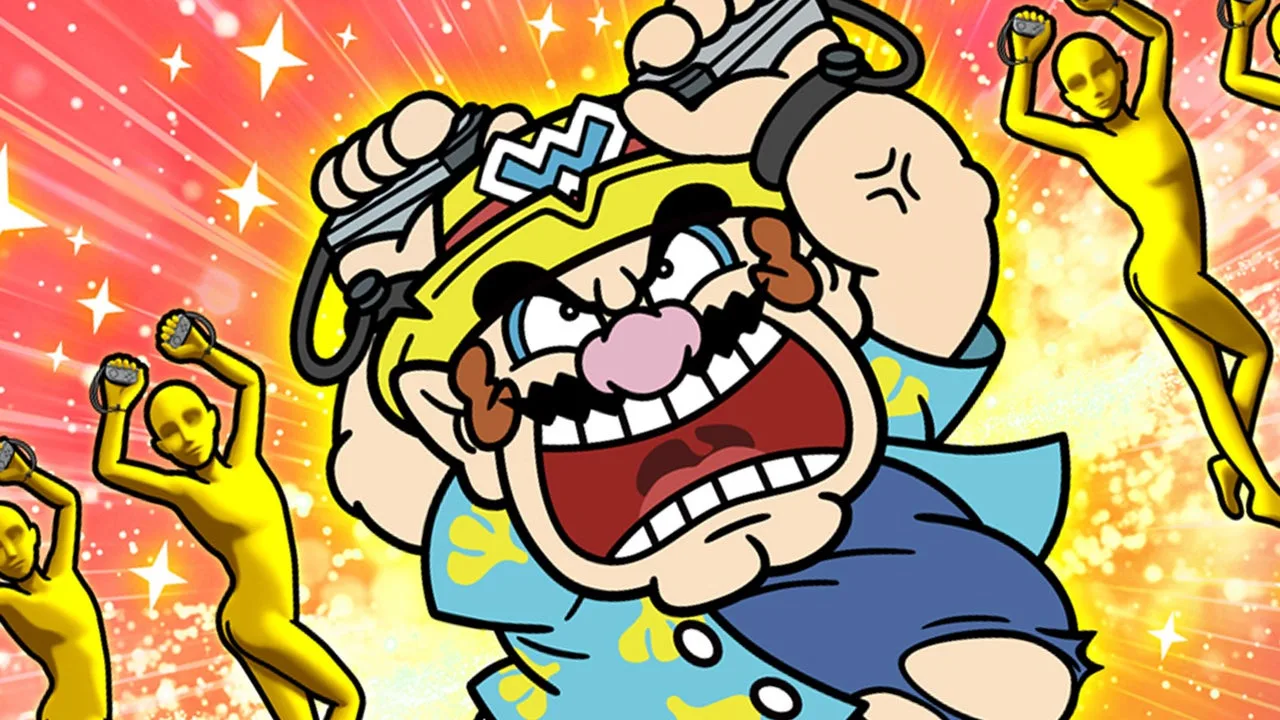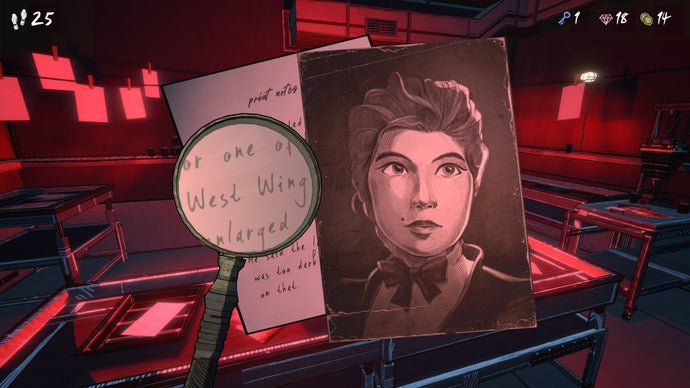WarioWare: Move It! Review
Like an “Oops, All Minigames!” version of Mario Party, the latest WarioWare continues its chaotic legacy by rapid-firing hundreds of ridiculous three-second microgames at you and your friends with reckless abandon. And like its predecessors, WarioWare: Move It!’s over-the-top silliness makes for a hilariously good time, even if you’re likely to have seen the vast majority of its antics within just a few hours. With some of the series’ most creative multiplayer modes, one second you’ll be told to catch a leaping fish by squeezing your feline legs together and the next you’ll find yourself returning curtsies as a pretty anime lady. The motion control accuracy of the Joy-Con doesn’t always rise to those challenges, but it’s all so fast, weird, and very often dumb that Move It! is just about guaranteed to make everyone at your house party fall over laughing – it certainly achieved as much with mine.
WarioWare isn’t exactly known for focusing on its story and Move It! is no exception. After an opening cutscene shows Wario winning a free vacation to an island paradise for him and all his friends, the usual Wario crew – including Ashley, Orbulon, Young Cricket, and 9-Volt – all head off to get into trouble while wearing floral prints. There’s really not much here aside from a shallow “Wario goes tropical” premise, but what’d you expect from a party game that includes a minigame where players compete to pluck the longest hairs out of a giant nose?
What we said about WarioWare: Get It Together!
WarioWare: Get It Together! is an absurd delight, testing your ability to think quickly and adapt on the fly in a series of ever-escalating microgames. That tried-and-true formula is still a lot of fun here, looking better than ever and introducing unique characters that can either bring interesting twists or mechanical frustration to familiar games depending on who you’re using. It’s a shame that Get It Together!’s multiplayer options somewhat drop the ball though, enough for an evening or two of laugh-out-loud fun with friends but lacking the staying power for many more beyond that. – Tom Marks, September 8, 2021
Score: 7
Read the full WarioWare: Get It Together! review.
No, the important thing is, of course, the minigames, and let me tell ya, folks: Move It!’s got some doozies. Have you ever wanted to play a mechanical frog wielding candles to protect a birthday cake from an army of evil ants? Do you care to pump your fists wildly in order to force an egg out of your chicken hole? Well, if so, Move It! has got you covered. The numerous and surprising ways the folks at Nintendo have found to make use of the Switch’s Joy-Con motion controls are oftentimes extremely creative, especially those that make use of the IR motion cameras at the base of the controllers – I’ll be honest: I didn’t even know those existed, but now I’ve used them to tell a waiter how many guests are in my dining party. That said, there’s also plenty of filler and overly simplistic stuff, like more than a few games where you basically just run as fast as you can by swinging your arms in a jogging motion, but enough are bizarre and amusing that I still had a smile on my face when lesser microgames crashed the party.
The limitations of the Switch’s motion controls can be felt.
The Switch’s motion control technology largely meets the frantic and unpredictable demands of Move It!, especially when playing through the low stakes and easy story mode, where failure is almost impossible since they keep giving you extra chances when you run out of lives. But once you reach some more formidable single-player post-credits activities (or during particularly competitive multiplayer sessions), the tech’s limitations make themselves known. During some of the increasingly difficult and fast-moving modes, I definitely noticed the accuracy of the Joy-Cons letting me down, like one minigame where pointing a weathervane in a precise location can be finicky. It’s especially noticeable when speed is of the essence, as the controllers seem unable to keep up when you’re swinging them around with increasing ferocity. In multiplayer, this can be a real drag, if you’re like me and get legitimately competitive over a minigame where you have to draw shapes with your butt.
It’s also a bit of a bummer that after a few hours with Move It!, you’ll recognize practically every game that comes your way. With over 200 microgames, the number is fairly on-par with the rest of the series, but it does make for a rather short-lived experience. I mean, you can only play the one where you have to remember which child is your offspring so many times before you’re like, “Okay, I think I get it. I’m a bad parent.” Much of Move It!’s charm depends on you being surprised by the offbeat things you’re asked to do, so once you’ve seen everything, that novelty starts to run thin very quickly.
Thankfully, Move It!’s numerous and extremely inventive multiplayer modes help extend the good times quite a bit. There’s the standard mode where two players simply need to cooperate to complete minigames with increasing speed and difficulty, an extremely exhausting mode where one player has to do calisthenics in order to keep what’s happening on screen visible to the second player who’s doing the minigames, and an awesome competitive mode where two players duke it out to see who’s mastered Move It!’s zaniness the most.
But those mostly straightforward game types are just where multiplayer begins, as there’s a whole set of other options. That includes some really memorable ones, like a mode where two players play minigames but only one’s actions are actually being recorded and the other person is pretending to play, then the opposing team has to guess who was actually playing and who was the faker. In another, one player has to look away from the screen and mirror the movements of another player in front of them who pantomimes the correct movements for their benefit. Another still has players completing minigames alongside a secondary objective like shouting out all of their favorite animals, then the other players give them kudos depending on how well they followed the prompt.
Not all of the modes stick the landing though, like a Mario Party-esque board game mode that seems to punish players for winning minigames by filling the board with land mines for them to land on, making the entire competition pointless. Still, it’s generally impressive how good a job most of these unorthodox ideas extend the life of an experience that can become way too predictable after just a short period of time. That went a long way to keeping my friends clamoring for another match after we’d already played just about all the minigames on the roster.











Post Comment